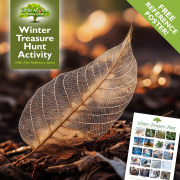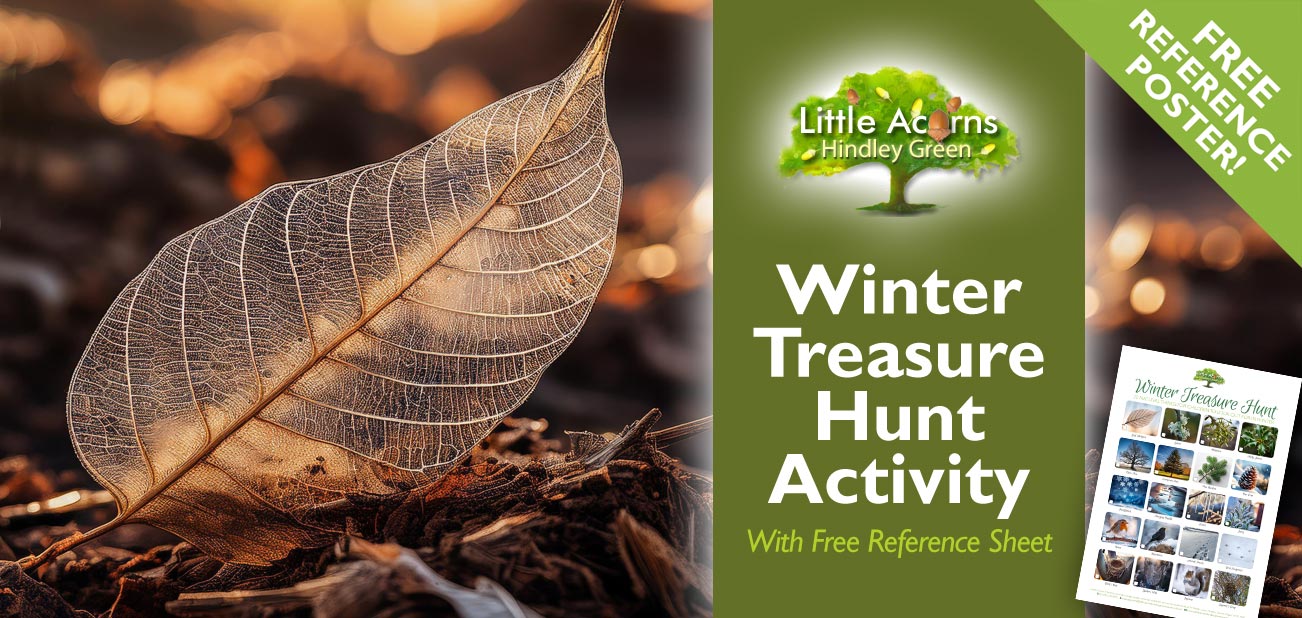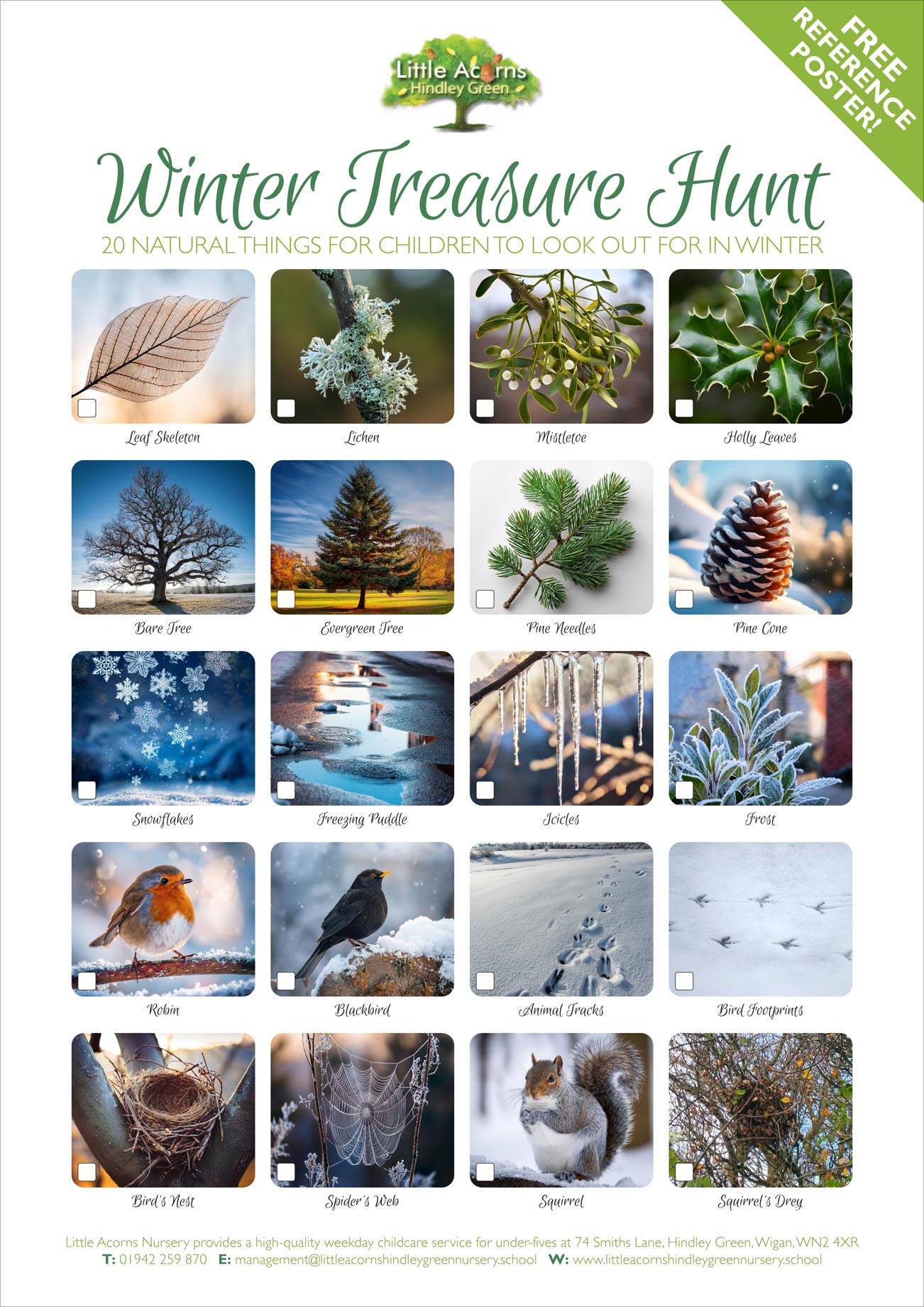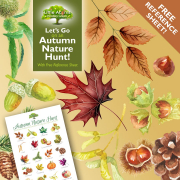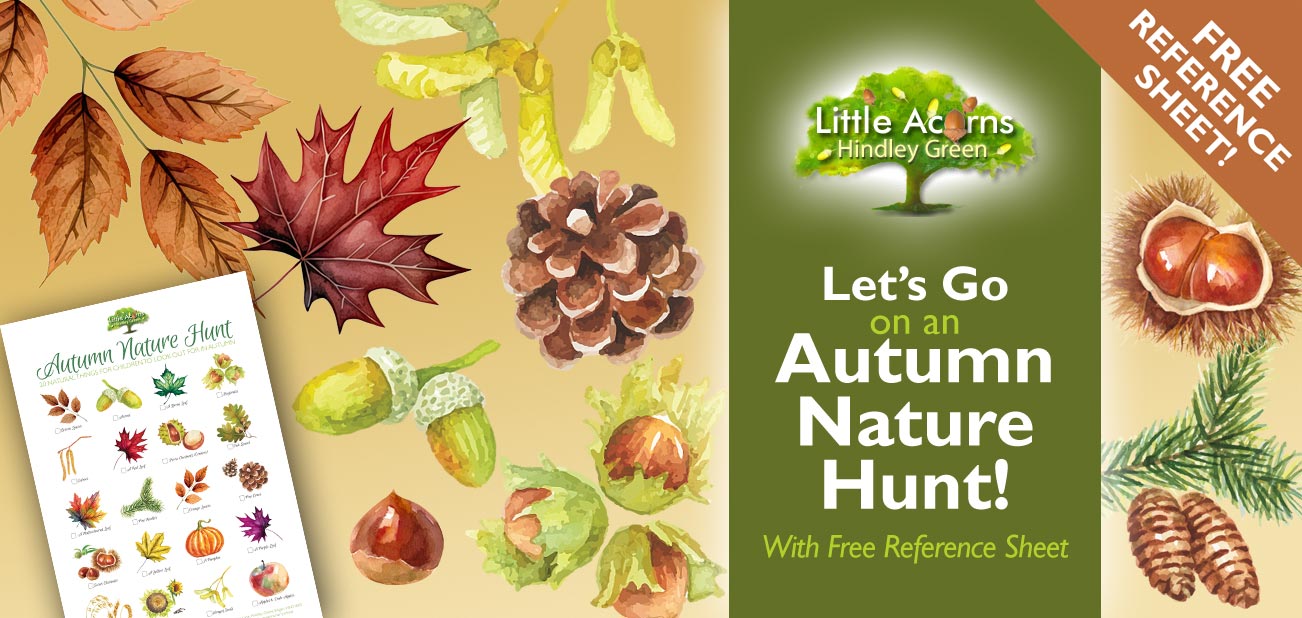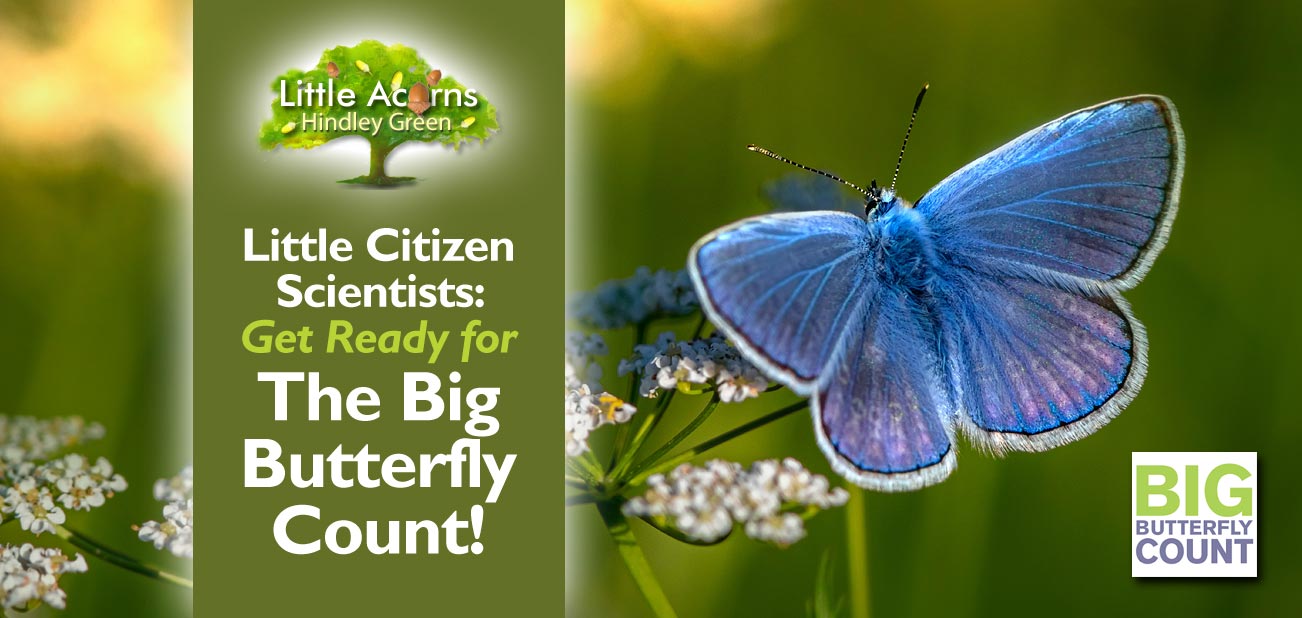
 Calling all children and their families — people of all ages are needed this July and August for the world’s biggest wildlife survey — the Big Butterfly Count! So, whether you’re a child or an adult, you can play your part. This is a great activity for under-fives too as it’ll be fun, educational, and incredibly worthwhile. What’s more, they’ll become little citizen scientists by taking part. The nature-based activity takes as little as just 15 minutes and costs nothing at all. Children don’t need any special abilities other than a little patience and good observation — both great skills for them to practise. Let’s take a look and see what the Big Butterfly Count is all about and how children can take part this year.
Calling all children and their families — people of all ages are needed this July and August for the world’s biggest wildlife survey — the Big Butterfly Count! So, whether you’re a child or an adult, you can play your part. This is a great activity for under-fives too as it’ll be fun, educational, and incredibly worthwhile. What’s more, they’ll become little citizen scientists by taking part. The nature-based activity takes as little as just 15 minutes and costs nothing at all. Children don’t need any special abilities other than a little patience and good observation — both great skills for them to practise. Let’s take a look and see what the Big Butterfly Count is all about and how children can take part this year.
The Big Butterfly Count 2025
 The Big Butterfly Count is a nature survey that anyone can take part in during July and August each year. For 2025, it takes place from Friday the 18th of July to Sunday the 10th of August, a period in which temperatures are usually warm and butterfly populations are likely to peak. In essence, all that is required is for butterflies to be counted during a 15-minute period (more detail follows later in this guide). The survey event is open to everyone and, indeed, the more people who take part, the better. So, if you, your child, your family, or your friends want to play a part in protecting butterflies and nature as a whole, please get involved.
The Big Butterfly Count is a nature survey that anyone can take part in during July and August each year. For 2025, it takes place from Friday the 18th of July to Sunday the 10th of August, a period in which temperatures are usually warm and butterfly populations are likely to peak. In essence, all that is required is for butterflies to be counted during a 15-minute period (more detail follows later in this guide). The survey event is open to everyone and, indeed, the more people who take part, the better. So, if you, your child, your family, or your friends want to play a part in protecting butterflies and nature as a whole, please get involved.
What is the Purpose of the Big Butterfly Count?
Nature is under threat. Whether it’s from global warming, habitat loss, or the use of nasty chemicals in gardens and farming, there has been a marked decline in the number of pollinators like butterflies in recent decades. In fact, experts are now calling it a nature emergency:
“Following the results of the Big Butterfly Count 2024, Butterfly Conservation have declared a butterfly emergency, and we need your help more than ever before.” — Butterfly Conservation.
With this in mind, the Big Butterfly Count aims to monitor the populations of a select number of butterfly species over the years. By monitoring populations, trends in butterfly populations can be spotted over time and any problems identified. The findings are worrying, so continued monitoring is essential. Through the Big Butterfly Count, children and families can play their part in this important initiative. By helping to count butterflies in their area, families are helping to get the bigger picture across the nation.
Why is The Big Butterfly Count Important?
 The populations of butterflies can be used as a barometer for the health of pollinator numbers and nature as a whole. With some butterfly species already disappearing from our gardens and countryside and others nearing extinction, there is no time to lose. Only by identifying the issues can we, as a nation, begin to reverse some of the decline. By reversing it, it will be good for butterflies, good for other pollinators like bees, good for nature as a whole — and good for humans too! After all, without pollinators, the supply of foods like cereals, fruit, vegetables and legumes would start to run out. So, taking part in the Big Butterfly Count is extremely worthwhile and we urge little ones and their families to take part.
The populations of butterflies can be used as a barometer for the health of pollinator numbers and nature as a whole. With some butterfly species already disappearing from our gardens and countryside and others nearing extinction, there is no time to lose. Only by identifying the issues can we, as a nation, begin to reverse some of the decline. By reversing it, it will be good for butterflies, good for other pollinators like bees, good for nature as a whole — and good for humans too! After all, without pollinators, the supply of foods like cereals, fruit, vegetables and legumes would start to run out. So, taking part in the Big Butterfly Count is extremely worthwhile and we urge little ones and their families to take part.
“Counting butterflies can be described as taking the pulse of nature and we depend on you, our citizen scientists, to help us assess how much help nature needs.” — Butterfly Conservation.
How Families Can Take Part in the Big Butterfly Count:
Quick Overview
Taking part in the Big Butterfly Count is easy! To become a little citizen scientist, it takes just a few simple steps:
- Spend 15 minutes in a sunny spot outdoors and count the butterflies you see from the event’s list of target species.
- Submit your sightings at bigbutterflycount.org or log them using the free smartphone app.
- (Optional): You can do as many 15-minute surveys as you like, so long as the location is different each time.
Detailed Instructions
The steps needed in order to take part in the Big Butterfly Count are explained in much greater detail below.
Step 1:
 First, ensure you have downloaded and printed out the Big Butterfly Count target species reference sheet — follow the bold, green link if you are taking part in England. (You’ll need to fill in a short form but no purchase or sign-up is necessary. Other areas and languages are available via the same link).
First, ensure you have downloaded and printed out the Big Butterfly Count target species reference sheet — follow the bold, green link if you are taking part in England. (You’ll need to fill in a short form but no purchase or sign-up is necessary. Other areas and languages are available via the same link).
Alternatively, families can take part using the free ‘Big Butterfly Count’ smartphone app, which is available for Android and Apple IOS. Scan the QR code with your smartphone camera to download it.
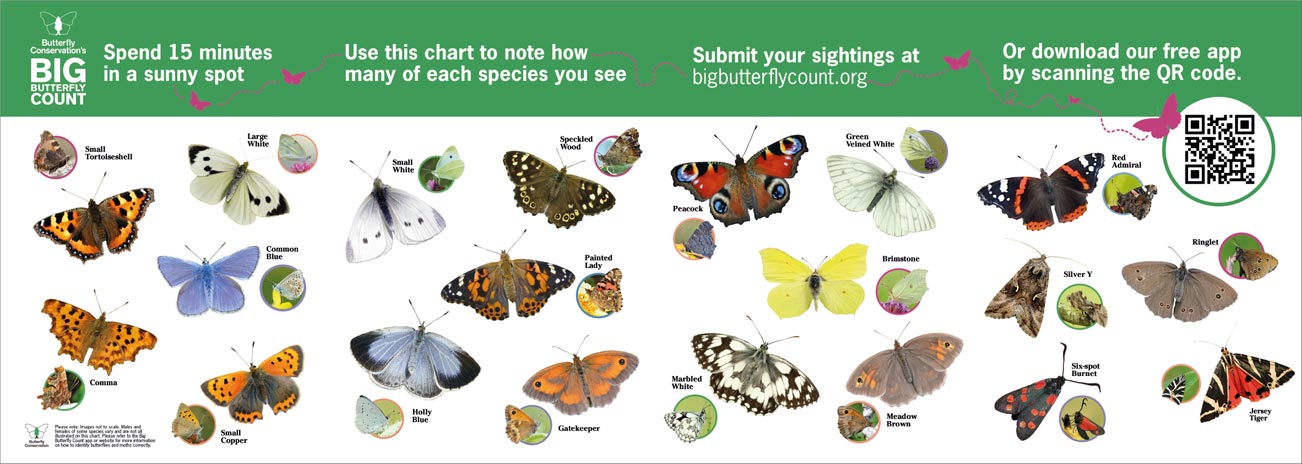
Although there are potentially many more types of butterflies that can be spotted around the UK, for 2025, the survey and printed ID sheet for England focus on 20 different species of butterfly or daylight-flying moths. That said, in other parts of the UK, you may see a different number featured along with possible extras if using the smartphone app (space is not so limited on the app).
Step 2:
 Choose a spot for your butterfly survey. It should be somewhere outside where butterflies are most likely to be seen. Sunny, sheltered spots are good, particularly where a variety of different sizes and types of flowers or blossoms are in bloom.
Choose a spot for your butterfly survey. It should be somewhere outside where butterflies are most likely to be seen. Sunny, sheltered spots are good, particularly where a variety of different sizes and types of flowers or blossoms are in bloom.
TIP! Why not prepare for next year by planning your own pollinator-friendly spot in your garden or nearby open space?
Step 3:
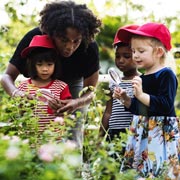 Sometime in the period from Friday the 18th of July to Sunday the 10th of August, you/your child should spend 15 minutes making a note of how many of each type of butterfly you can see. Concentrate only on the species included in the event organiser’s reference from Step 1. You must count how many of each single species you see at the same time. So, if you see three Painted Ladies at the same time, then record that as 3. However, if you see one Painted Lady on three separate occasions during the 15 minutes, that would only count as 1 — otherwise, it could simply be the same butterfly revisiting.
Sometime in the period from Friday the 18th of July to Sunday the 10th of August, you/your child should spend 15 minutes making a note of how many of each type of butterfly you can see. Concentrate only on the species included in the event organiser’s reference from Step 1. You must count how many of each single species you see at the same time. So, if you see three Painted Ladies at the same time, then record that as 3. However, if you see one Painted Lady on three separate occasions during the 15 minutes, that would only count as 1 — otherwise, it could simply be the same butterfly revisiting.
OPTIONAL: If your child likes, they can do more than one 15-minute butterfly survey. The only proviso is that they change location each time.
Step 4:
Submit your butterfly survey counts. This can be done easily within the phone app or, if you/your child used the physical ID sheet, submit online at bigbutterflycount.org noting that you will not be able to submit surveys until the event opens on the 18th of July. You can submit surveys up until the 31st of August 2025.
Congratulations little ones — you are now citizen scientists! By taking part in the world’s biggest wildlife survey, you are playing a part in helping nature and making the world a better place — well done! You will also be helping your own knowledge, health, well-being and even grades by getting closer to nature. Learn more about the benefits of nature to children here.
|
Little Acorns Nursery, Hindley Green
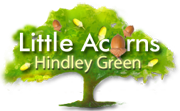
 Nature and outdoor play feature significantly in children’s time at Little Acorns Nursery in Hindley Green. We have extensive grounds with wild zones, nature areas, and lots of opportunities for playing and exploring in the fresh air. We also know how important spending time around nature and outdoor play are to children in their early years — and they enjoy it hugely! Of course, we have fabulous facilities and resources indoors too, with a warm, home-from-home environment where children have fun and thrive in readiness for school as they approach the age of five. Free childcare funding options are available for eligible children aged from just 9 months too.
Nature and outdoor play feature significantly in children’s time at Little Acorns Nursery in Hindley Green. We have extensive grounds with wild zones, nature areas, and lots of opportunities for playing and exploring in the fresh air. We also know how important spending time around nature and outdoor play are to children in their early years — and they enjoy it hugely! Of course, we have fabulous facilities and resources indoors too, with a warm, home-from-home environment where children have fun and thrive in readiness for school as they approach the age of five. Free childcare funding options are available for eligible children aged from just 9 months too.
If you are looking for high-quality weekday childcare in the Wigan area and would like your child to benefit from everything our Hindley Green nursery has to offer, please get in touch using one of the options below:
Little Acorns Nursery, in Hindley Green near Wigan, may also suit families living in nearby locations like Atherton, Leigh, Ince-in-Makerfield, Platt Bridge, Westhoughton, Bickershaw, Tyldesley, and Bolton.
Outdoor Safety
Young children should always be supervised by a responsible adult while playing and exploring outdoors, with potential hazards and dangers of many kinds explained to them.
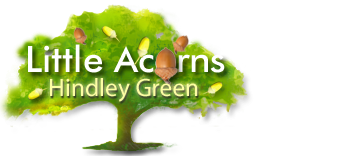
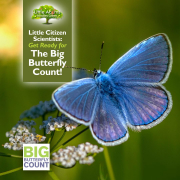
 Did You Know?
Did You Know?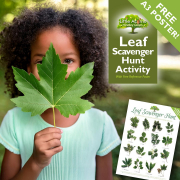
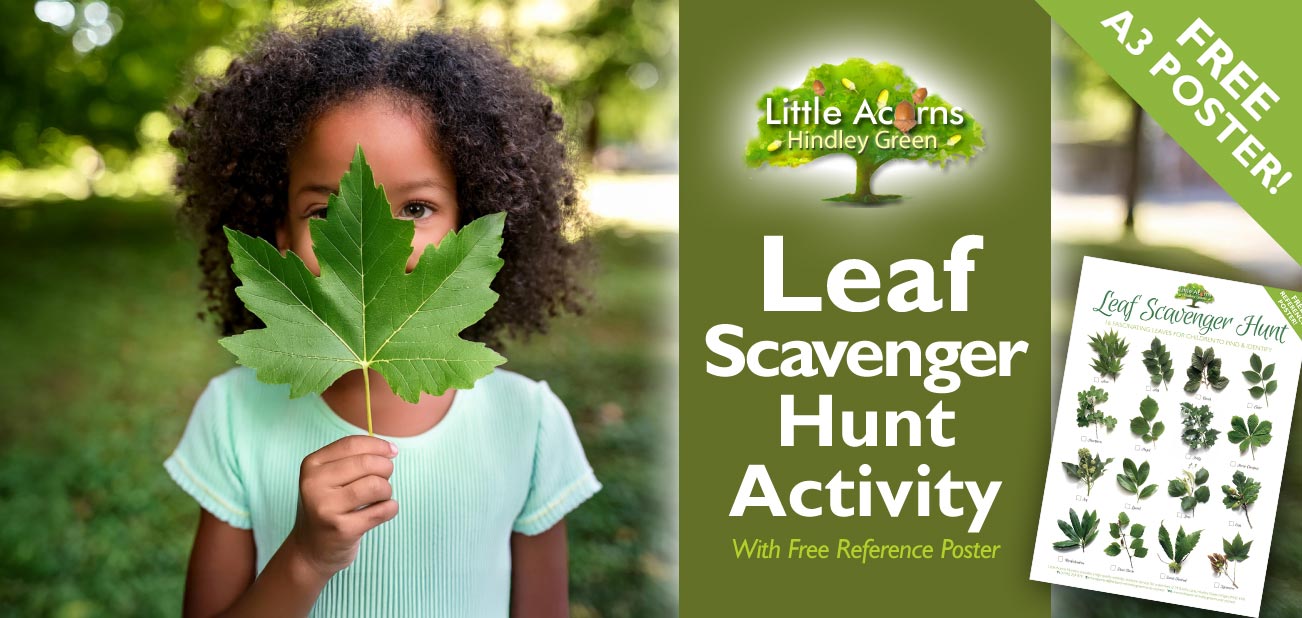
 Wherever you look, nature’s flowers and trees are bursting with life during spring and summer. This got us thinking about the many nature-based activities that are possible for children and under-5s to enjoy at this time of year — under appropriate supervision, of course. One of them is a simple leaf-hunting activity that’ll get little ones exploring the outdoors, enjoying the fresh air, having some fun, and learning about the natural world. With this in mind, we’ve put together a Leaf Scavenger Hunt reference poster for children and families. It can serve as inspiration for some common leaves to look out for during the warmer months of the year. The poster is free to download, right here today, and highlights 16 different types of leaves. Included are oak, sycamore, beech, lime and many more. Children will probably be familiar with some — especially oak leaves with their wonderful little acorns — while others may be unfamiliar. However, all of our examples were sourced on a single morning’s outing, so it’s feasible to find all 16 kinds with a bit of eagle-eyed persistence! So, download the poster for your children, print it out, and explore the outdoors to see how many of the 16 leaf types your little one can find. See if they can identify the differences which make each species of leaf/tree/plant unique — and learn their names if they can. The free identification poster and some help from an adult should help. Have fun out there!
Wherever you look, nature’s flowers and trees are bursting with life during spring and summer. This got us thinking about the many nature-based activities that are possible for children and under-5s to enjoy at this time of year — under appropriate supervision, of course. One of them is a simple leaf-hunting activity that’ll get little ones exploring the outdoors, enjoying the fresh air, having some fun, and learning about the natural world. With this in mind, we’ve put together a Leaf Scavenger Hunt reference poster for children and families. It can serve as inspiration for some common leaves to look out for during the warmer months of the year. The poster is free to download, right here today, and highlights 16 different types of leaves. Included are oak, sycamore, beech, lime and many more. Children will probably be familiar with some — especially oak leaves with their wonderful little acorns — while others may be unfamiliar. However, all of our examples were sourced on a single morning’s outing, so it’s feasible to find all 16 kinds with a bit of eagle-eyed persistence! So, download the poster for your children, print it out, and explore the outdoors to see how many of the 16 leaf types your little one can find. See if they can identify the differences which make each species of leaf/tree/plant unique — and learn their names if they can. The free identification poster and some help from an adult should help. Have fun out there!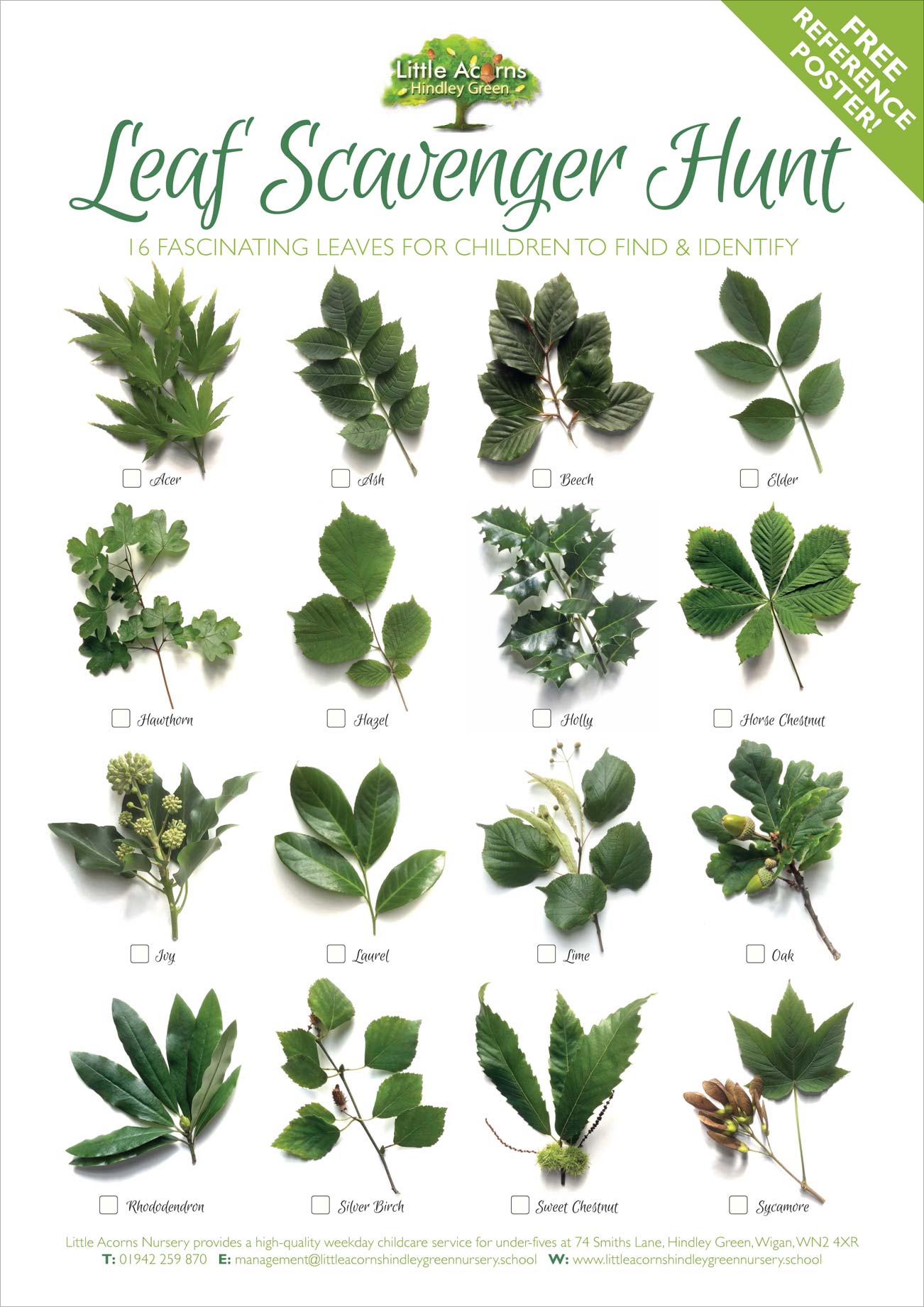
 Some of the leaves will be easier to identify than others. For example, Horse Chestnut (a.k.a. ‘conker tree’) leaves are quite distinctive with their fan of multiple sections (see the 2nd row, last image on the right on the poster for our example). In contrast, hazel and lime leaves are quite similar to one another. One easy clue to tell them apart is that lime leaves are slightly shiny, whereas hazel leaves are extremely matt. And, of course, they have very different seeds once those appear (the lime seed clusters are quite beautiful as you can see on the poster in the 3rd row, 2nd image from the right).
Some of the leaves will be easier to identify than others. For example, Horse Chestnut (a.k.a. ‘conker tree’) leaves are quite distinctive with their fan of multiple sections (see the 2nd row, last image on the right on the poster for our example). In contrast, hazel and lime leaves are quite similar to one another. One easy clue to tell them apart is that lime leaves are slightly shiny, whereas hazel leaves are extremely matt. And, of course, they have very different seeds once those appear (the lime seed clusters are quite beautiful as you can see on the poster in the 3rd row, 2nd image from the right).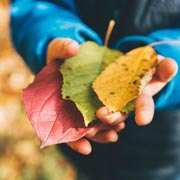 Another interesting factor to point out to children is that some of the leaves come in different colours. Beech leaves, for instance, can be green or deep burgundy, brown or dark purple depending on which variety of beech a child locates. It’s similar for acers, which can be green, yellow, red or a deep purple/maroon. Acers however, are more likely to be found in gardens and parks than in the countryside. Some are a little like miniature sycamores, only rather more delicate and fancy! And, come
Another interesting factor to point out to children is that some of the leaves come in different colours. Beech leaves, for instance, can be green or deep burgundy, brown or dark purple depending on which variety of beech a child locates. It’s similar for acers, which can be green, yellow, red or a deep purple/maroon. Acers however, are more likely to be found in gardens and parks than in the countryside. Some are a little like miniature sycamores, only rather more delicate and fancy! And, come 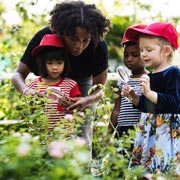 This activity is a great opportunity for children to open their eyes to the natural world. By looking at nature more deeply, they’ll see the finer details that may have been overlooked. Nature is incredibly varied and interesting when you take the time to look closely and discover it properly. It’ll teach children about the natural world, the seasons, the changes in plants and trees at different times of the year, the circle of life, and so much more. Getting out, close to nature, is also incredibly beneficial to children. From busting stress, improving well-being, supporting the EYFS and boosting exercise, to improving concentration and even academic grades,
This activity is a great opportunity for children to open their eyes to the natural world. By looking at nature more deeply, they’ll see the finer details that may have been overlooked. Nature is incredibly varied and interesting when you take the time to look closely and discover it properly. It’ll teach children about the natural world, the seasons, the changes in plants and trees at different times of the year, the circle of life, and so much more. Getting out, close to nature, is also incredibly beneficial to children. From busting stress, improving well-being, supporting the EYFS and boosting exercise, to improving concentration and even academic grades,  Once children have collected them, leaves can inspire various other creative activity ideas for children. For example, has your child ever tried leaf rubbing (putting a leaf under paper and scribbling over it to reveal the leaf structure), leaf pressing (pressing leaves between pages of a heavy book to allow them to dry and flatten), or leaf printing (painting a leaf with paint then pressing it onto paper to offset the leaf’s form as an image)? These are just a few examples of the
Once children have collected them, leaves can inspire various other creative activity ideas for children. For example, has your child ever tried leaf rubbing (putting a leaf under paper and scribbling over it to reveal the leaf structure), leaf pressing (pressing leaves between pages of a heavy book to allow them to dry and flatten), or leaf printing (painting a leaf with paint then pressing it onto paper to offset the leaf’s form as an image)? These are just a few examples of the 